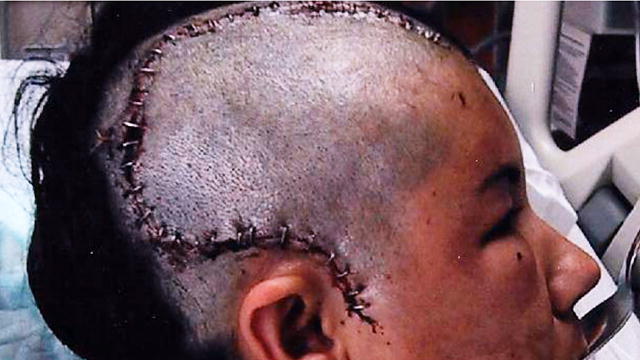
In an experiential-processing account, incongruence between self-concept (our beliefs about self and world) and actual experience is viewed as a source of psychological distress. I argue that monster imagery may present an opportunity to face, process and piece together fragmented traumatic experience a function of an adaptive self-actualising drive towards growth and psychological homoeostasis. Additionally, Blake ( 2012) noted that the ‘wound obsessed’ genre of cinematic horror may be representative of the “Wounds of Nations”, from cultural or historical trauma related to war or genocide.Ĭonsidering these experiences, I propose an experiential-processing model of monster imagery, viewed here as an initial, symbolic emergence of traumatic experience into awareness. Monster imagery is a feature of art therapy, particularly in work with children who have experienced traumatic events (Clements, 1996 Kozlowska and Hanney, 2001 Lieberman, 2007). In other cases, the experience is a symbolic representation, perhaps seeing a monstrous or shadowy figure, or hearing a scary voice. For example, an abuse survivor may see their abuser sitting next to them. Imaged representations of fear states such as hallucinations may present a direct representation of the trauma. Monsters can be used metaphorically by survivors to describe their experience. They may experience the self as monstrous in some way, for example, feeling oneself to be ‘possessed’ by ‘demons’, and psychosis can have an aetiology in psychological trauma (Cooke, 2017). Trauma survivors may encounter imaged representations of traumatic experience as monstrous or shadowy figures that encapsulate their sense of fear or terror, within their nightmares, intrusive mental imagery or hallucinations (Cushway and Sewell, 1992 Prouty, 2007 Cooke, 2017 Hamilton and Sullivan, 2015).

This paper explores the relationship between monsters and posttraumatic stress, informed by themes I noticed emerging from my therapeutic work as a counsellor with trauma survivors and a wider review of relevant literature. ‘When we cannot find a way of telling our story, our story tells us-we dream these stories, we develop symptoms, or we find ourselves acting in ways we don’t understand’ (Grosz, 2019, pp. In this way monsters may play a complex role in a human struggle to come to terms with overwhelming events. In this account monsters are located within a wider, adaptive evolutionary drive towards the reduction of trauma-related psychological distress, through symbolising experience into awareness for processing and meaning making. Monster imagery psychologically represents the collapsing border between our ideas about self and world, and the destabilising experience of the shattering of pre-trauma assumptions. Routledge, London and New York) description of the abject as the ‘place where meaning collapses’ is applied to an understanding of psychological trauma, given that encounters with existential threats may render the everyday meaningless, engendering a need for meaning-making. The monstrous feminine: film, feminism, psychoanalysis. It is proposed that trauma experience confronts us with our mortality and fragility, bringing us into contact with the sense of ‘abject’ horror represented by monster imagery. In an experiential-processing account of trauma, incongruence between self-concept (our beliefs about self and world) and our actual experience of traumatic events is viewed as a source of psychological distress, prompting a breakdown and reorganisation of the self-structure.

Jungian ideas are integrated to consider monsters as emergent symbolisation of unspoken ‘shadow’ fears, such as those surrounding cancer.

#The brains the monster within movie#
The model presented is applied within an analysis of the symbolic representation of the trauma of cancer, cancer treatment and traumatic loss in survival horror movie The Shallows (Collet-Serra (dir) (2016). This paper discusses how encounters with the monster onscreen, in mental imagery or metaphor, may be allegorical to the individual’s internal struggle with post-traumatic stress. Examining the interplay of these elements, this paper explores monsters as symbol and metaphor for unspoken or unprocessed personal and cultural trauma, vessels for symbolically representing underlying, unacknowledged fears and experience. Applying an integrated experiential-processing approach to working with trauma in Counselling and Psychotherapy, emphasis is placed on facilitating ‘processing’ or making sense of the trauma, psychologically, emotionally, existentially and culturally. However, there has been little commentary on the significance and meaning of this imagery and the wider relationship between monster imagery and posttraumatic stress. Trauma survivors may see images of monsters in nightmares and visions when experiencing posttraumatic stress.


 0 kommentar(er)
0 kommentar(er)
